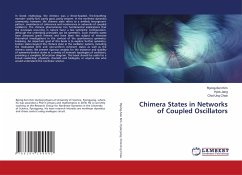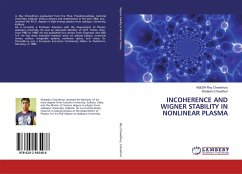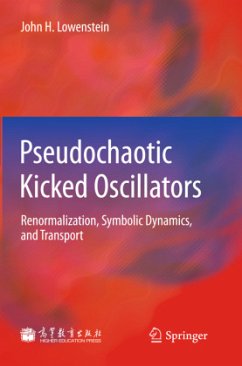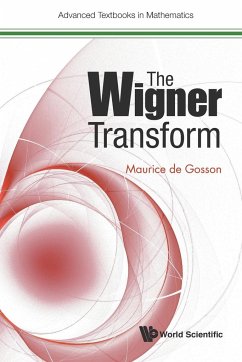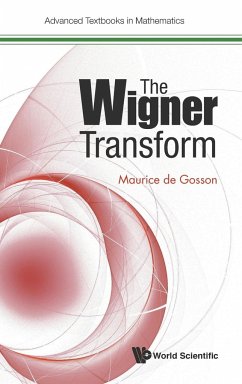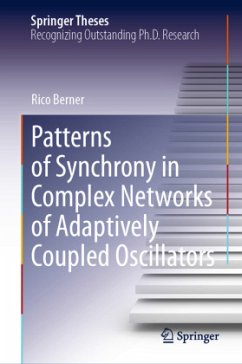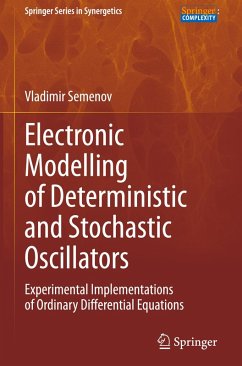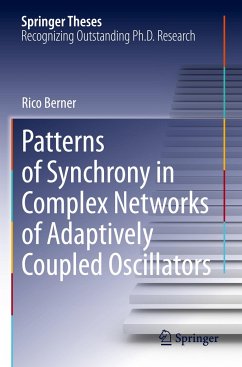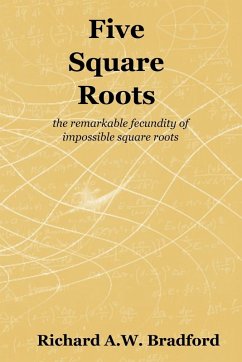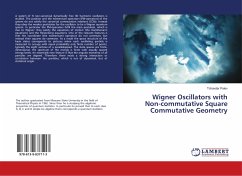
Wigner Oscillators with Non-commutative Square Commutative Geometry
Versandkostenfrei!
Versandfertig in 6-10 Tagen
27,99 €
inkl. MwSt.

PAYBACK Punkte
14 °P sammeln!
A system of N non-canonical dynamically free 3D harmonic oscillators is studied. The position and the momentum operators (PM-operators) of the system do not satisfy the canonical commutation relations (CCRs). Instead they obey the weaker postulates for the oscillator to be a Wigner quantum system. In particular the PM-operators fulfil the main postulate, which is due to Wigner: they satisfy the equations of motion (the Hamiltonian's equations) and the Heisenberg equations. One of the relevant features is that the coordinate (the momentum) operators do not commute, but instead their squares do ...
A system of N non-canonical dynamically free 3D harmonic oscillators is studied. The position and the momentum operators (PM-operators) of the system do not satisfy the canonical commutation relations (CCRs). Instead they obey the weaker postulates for the oscillator to be a Wigner quantum system. In particular the PM-operators fulfil the main postulate, which is due to Wigner: they satisfy the equations of motion (the Hamiltonian's equations) and the Heisenberg equations. One of the relevant features is that the coordinate (the momentum) operators do not commute, but instead their squares do commute. As a result the space structure of the basis states corresponds to pictures when each oscillating particle is measured to occupy with equal probability only finite number of points, typically the eight vertices of a parallelepiped. The state spaces are finite-dimensional, the spectrum of the energy is finite with equally spaced energy levels. An essentially new feature is that the angular momenta of all particles are aligned. Therefore there exists a strong interaction or correlation between the particles, which is not of dynamical, but of statistical origin.




